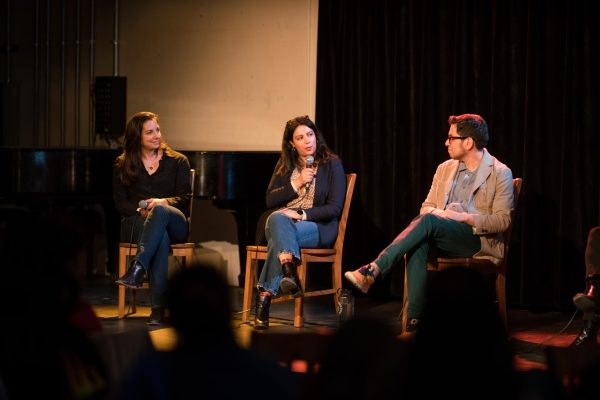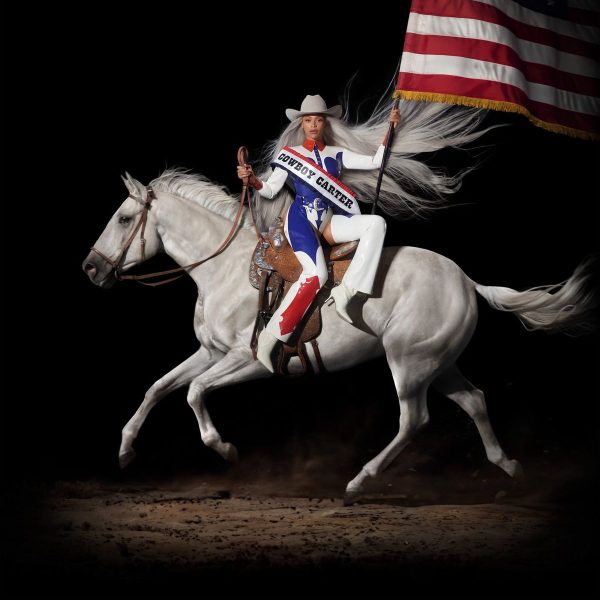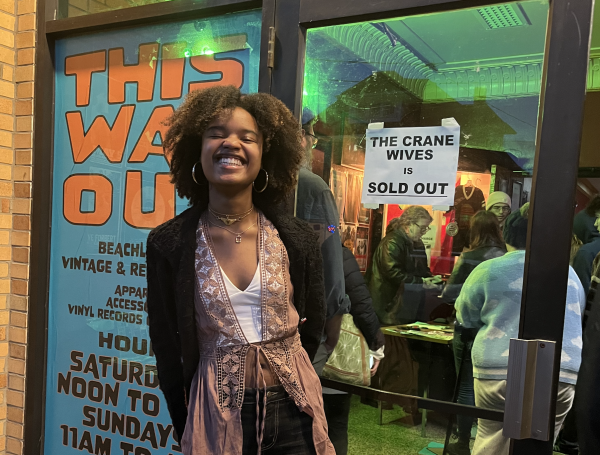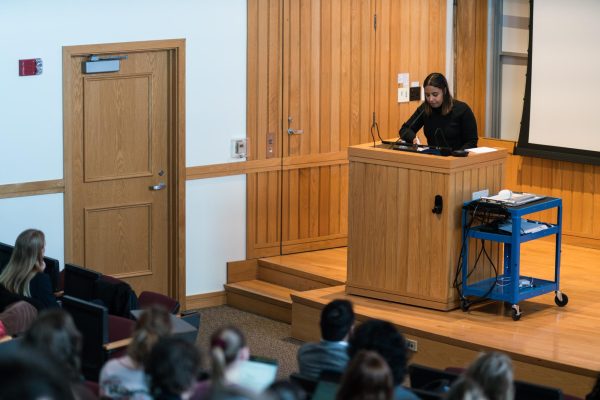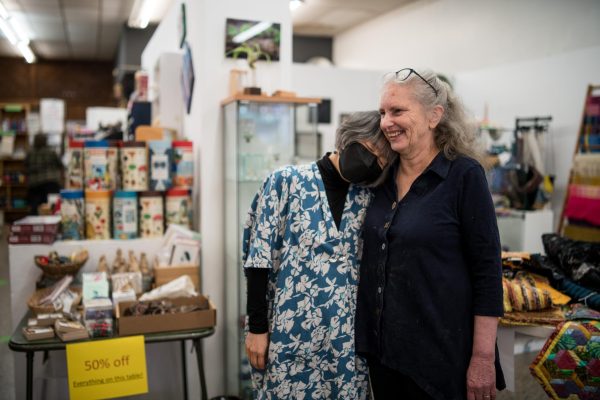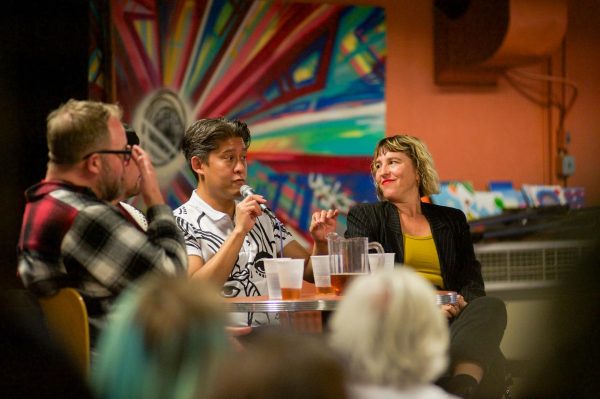Student Identity Spaces Facilitate Queer Communities
Oberlin College has a prominent queer culture and community, thriving with sexuality and gender diversity. This open-minded spirit has been cultivated since the progressive foundation of the school as the first U.S. college to accept both women and people of color. Oberlin is a space in which students challenge institutional norms, generating a liberal hotspot in the conservative state of Ohio.
Although some queer Oberlin students were members of their high school Gay-Straight Alliance or similar groups, many came to Oberlin and found a place where they no longer needed to seek out or create those spaces.
“In high school, I joined a queer group because everyone was straight, so I wanted to socialize and share experiences with other queer people,” College first-year Caitlin Kluger said. “I feel like I do that here at Oberlin without a club. I am also from an environment where there are larger populations of queer people, but students coming from other places might not have had that access to the resources that I did, so there are definitely many students here who are still figuring their identities out.”
Because of the undeniable connection between the Oberlin student body and queerness, it may come as a surprise to hear that there are not many consistently active or chartered groups on campus that specifically center queerness.
Among these few is the Black Queer Group, founded and co-chaired by Conservatory fourth-year Lance Gulley. Access to resources and approaches to queer identity are different for people of color at a predominantly white institution like Oberlin. Gulley saw a need for a queer group specific to people of color because their experience on campus was drastically different than the one expected by incoming students.
“Oberlin is advertised as this very open, inclusive, diverse queer space,” Gulley said. “That captivated me and made me imagine this as a place where I could be confident and comfortable in my queerness within a community. Once I got here, I found that there was more of a community for white people in terms of queerness. I started the group because I didn’t want generations of students after me to have the same experience of being shocked by the whiteness and the lack of Black queer community and resources.”
College third-year Finn Miller, a member of Hillel, a Jewish organization on campus, said that Hillel and other identity-based organizations provide queer spaces within their groups.
“[Hillel] often [has] community lunches for different identities, so we have one for queer Jews every so often,” Miller said. “A lot of the identity spaces on campus are there to make sure that marginalized groups have somewhere to go to feel safe. Within these communities as well, specific queer spaces are there to make sure that people can navigate all of their identities in one space and feel heard.”
Although many students feel they are surrounded by queer people who may have shared experiences, there is much that is lost without an intentional space for queer dialogues. Miller spoke about his own experiences as a transgender man with limited queer spaces at Oberlin.
“When students need particular help or resources, they don’t really know where to turn,” Miller said. “For example, I am a trans man, and I started my transition in a different country, so I haven’t been able to get the hormones that I need in the U.S. because there is a different healthcare system, and I have to navigate that pretty much by myself. Because it is so open here, you don’t know where people’s boundaries lie. If there is a clear space where everyone comes to support each other and to give advice, then you might feel more comfortable asking for resources.”
No two queer experiences are the same, and despite the large LGBTQ+ population at Oberlin, many students feel they would still benefit from a safe space to facilitate opening dialogue and offering resources related to queer issues and community.
“There is the Black Queer Group, and Hillel has space for queer Jews, but there is no way for, say, Black queer people to meet Jewish queer people and understand how their queer experiences can be different,” Miller said. “The groups already on campus are helpful if you want to understand how your Blackness intersects with your queerness or how your Jewishness intersects with your queerness, but if you want to learn about how those work with each other in the community or find out how the queer experience ranges between different identities, there is not a larger space for that conversation here.”
Queer groups are beneficial to individual members and the entire LGBTQ+ community as they provide a platform for celebrating queer pride and joy and countering the societal oppression that many queer people face.
So, is Oberlin in need of more queer spaces? Gulley believes that members of the Black Queer Group would likely join other queer identity groups.
“Queerness is one of those things that requires community,” Gulley said. “Especially in this country, because our society is based on heteronormativity, I think for the minds and the spirits who are trying to get past that and unlock themselves from these systems, it does take language and stories and intentional gestures to help people in their queer journeys.”


